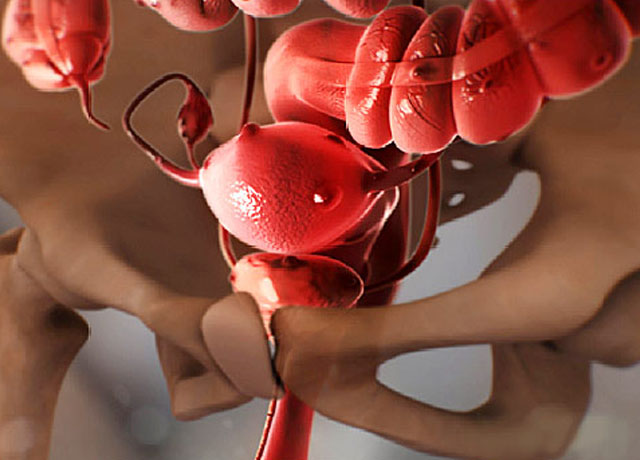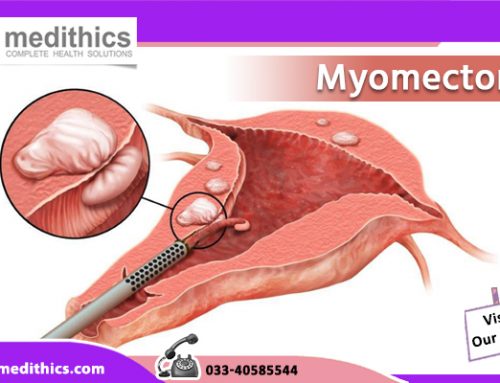A painful disorder, in which the tissue that normally lines the inside of the uterus, the endometrium, grows outside the uterus, is known as endometriosis. The ovaries, fallopian tubes and the tissue lining your pelvis are involved in it. It may spread beyond pelvic organs in rare cases. The cycle of the displaced endometrial tissue with endometriosis remains as it normally would. It breaks down after thickening and bleeds with each menstrual cycle. The displaced tissue becomes trapped as it has no way to exit your body. Cysts called endometriomas may form when endometriosis involves the ovaries. Irritation may happen in the surrounding tissue resulting in the development of scar tissue and adhesions, abnormal bands of fibrous tissue that can cause pelvic tissues and organs to stick to each other. There can be severe pain sometimes due to endometriosis, especially when your period occurs. It is fortunate that effective treatments are available from a top gynaecologist.
Symptoms
Pelvic pain is the primary symptom of endometriosis. It is often associated with the menstrual period. During their menstrual period, many women experience cramping and the menstrual pain of the women with endometriosis is far worse than usual. It is reported by them that over time, the pain increases. Some common signs and symptoms of endometriosis are:
-
1] Painful periods (dysmenorrheal):
Before your period, pelvic pain and cramping may begin and extend several days into your period. There may also be lower back and abdominal pain.
-
2] Pain with intercourse:
With endometriosis, pain during or after sex is common.
-
3] Pain with bowel movements or urination:
During your period, you are most likely to experience these symptoms.
-
4] Excessive bleeding:
There can be bleeding between periods (menometrorrhagia) or occasional heavy periods (menorrhagia).
-
5] Infertility:
In some women seeking treatment for infertility, endometriosis is first diagnosed.
-
6] Other symptoms:
There may be fatigue, diarrhea, constipation, bloating or nausea, especially during menstrual periods.
Diagnosis
The best gynaecologist will ask you to describe your symptoms, including the location of your pain and when it occurs, in order to diagnose endometriosis and other conditions that can cause pelvic pain.
Some methods to diagnose endometriosis include:
-
1] Pelvic exam:
Your doctor manually feels areas in your pelvis for abnormalities during a pelvic exam. Some examples of these abnormalities are cysts on your reproductive organs or scars behind your uterus. Unless they have caused the formation of a cyst, it is not often possible to feel small areas of endometriosis.
-
2] Ultrasound:
High-frequency sound waves are used to create images of the internal area of your body. A device known as a transducer is either pressed against your abdomen or inserted into your vagina (transvaginal ultrasound) to capture the images. In many cases, both types of ultrasound may be done to have the best view of your reproductive organs.
-
3] Magnetic resonance imaging (MRI):
In order to create detailed images of your body’s organ and tissues, an MRI uses a magnetic field and radio waves.
-
4] Laparoscopy:
For viewing inside your abdomen, laparoscopy is done. A tiny incision is made near your navel while you are under general anesthesia. A slender viewing instrument (laparoscope) is inserted to look for signs of endometrial tissue outside the uterus.
Treatment
Depending on the severity of your signs and symptoms and whether you hope to become pregnant, a top gynaecologist will decide the treatment option. Pain medication, hormone therapy and surgery are the different treatment options for endometriosis. Surgery is considered as the last option when all other treatment options fail.





